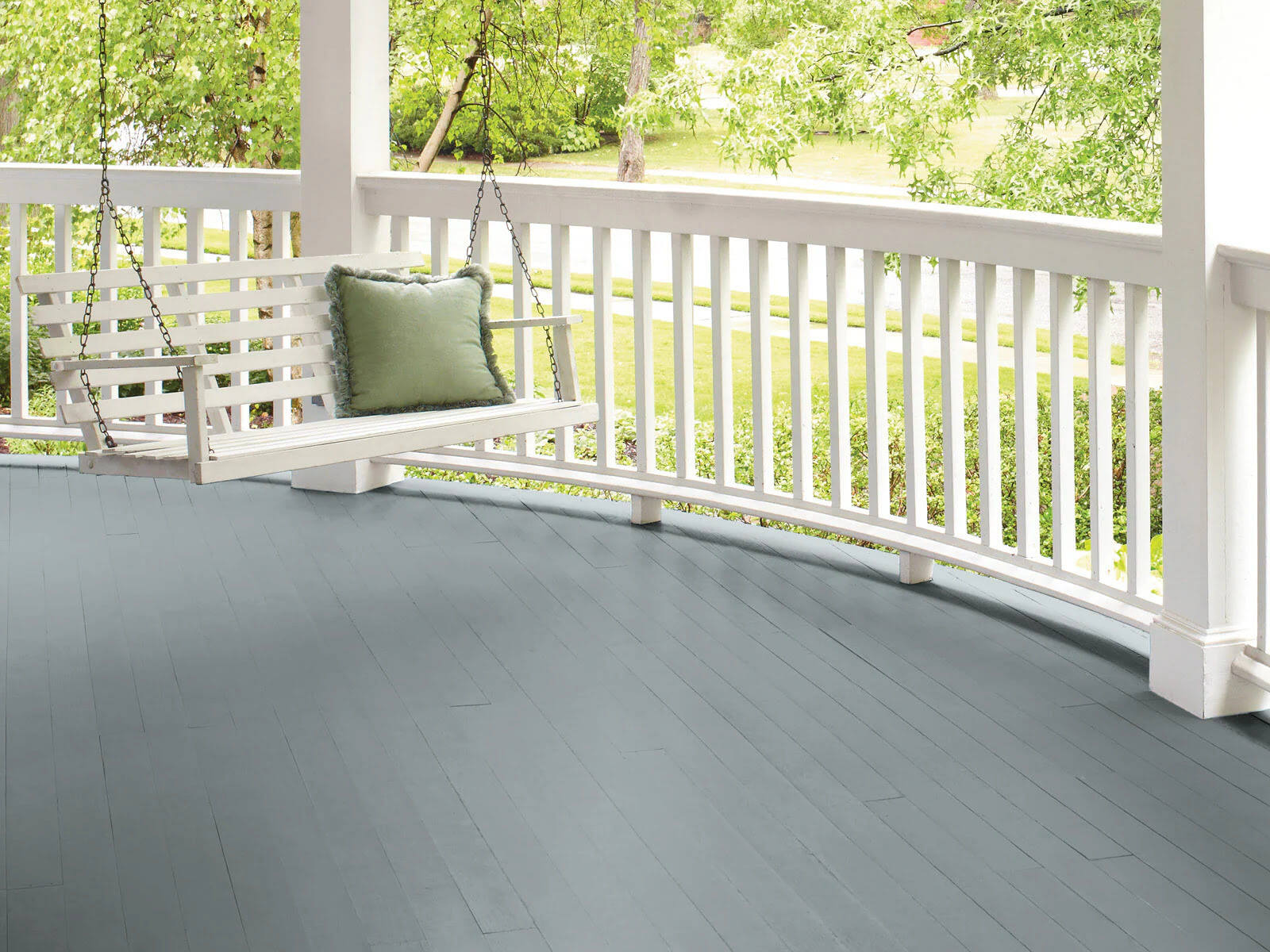

Articles
How Long Does it Take for Porch Paint to Dry
Modified: August 28, 2024
Discover how long it takes for porch paint to dry in our informative articles. Find out the ideal drying time and tips for a perfect finish.
(Many of the links in this article redirect to a specific reviewed product. Your purchase of these products through affiliate links helps to generate commission for Storables.com, at no extra cost. Learn more)
Introduction
Painting your porch can be an exciting and rewarding home improvement project. Not only does it enhance the aesthetic appeal of your home, but it also provides protection against the elements. However, when it comes to porch painting, one common question that arises is, “How long does it take for porch paint to dry?”
The drying time of porch paint can vary depending on various factors, including the type of paint used, temperature and humidity levels, application thickness, and the porch material and surface condition. Understanding these factors will help you plan your project effectively and ensure the best results.
In this article, we will delve into the factors that can affect the drying time of porch paint and provide insights into the drying time for different types of porch paint. We will also share some tips to help you speed up the drying process. So let’s get started!
Key Takeaways:
- Understanding the factors affecting porch paint drying time, such as paint type, temperature, and surface condition, is crucial for planning a successful project and achieving optimal results.
- By following manufacturer’s recommendations, utilizing proper surface preparation, and implementing effective drying time strategies, you can expedite the drying process and enjoy your newly painted porch sooner while ensuring a long-lasting and beautiful finish.
Read more: How Long Does It Take For Floor Paint To Dry
Factors Affecting Drying Time of Porch Paint
Several factors can influence the drying time of porch paint. Understanding these factors will not only help you determine how long it will take for your paint to dry but also allow you to make necessary adjustments to achieve optimal results. The key factors include:
- Type of Porch Paint Used: Different types of porch paint have varying drying times. Water-based paints generally dry faster than oil-based paints, while latex paints tend to dry quicker than other types. Choosing the right type of paint for your porch will have an impact on how long it takes to dry.
- Temperature and Humidity Levels: The temperature and humidity of your environment can significantly affect the drying time of porch paint. In warmer and drier conditions, the paint tends to dry faster, while cooler and more humid conditions can prolong the drying process. It is best to paint your porch during mild temperature ranges and lower humidity levels for optimal drying.
- Application Thickness: The thickness of the paint layer can also impact drying time. If you apply a thicker coat of paint, it will take longer to dry compared to a thinner application. It’s essential to follow the manufacturer’s recommendations regarding the recommended thickness of the paint for optimal drying results.
- Porch Material and Surface Condition: The type of material comprising your porch and its surface condition can also affect drying time. Porous surfaces, such as wood or concrete, may absorb the paint more, resulting in a longer drying time. Additionally, if the porch surface is uneven or has imperfections, it may slow down the drying process.
By considering these factors, you can have a better understanding of how long it will take for your porch paint to dry. However, it’s important to note that drying time may vary depending on the specific circumstances of your project. Always refer to the instructions provided by the paint manufacturer for the most accurate drying time estimation.
Type of Porch Paint Used
The type of porch paint you choose plays a significant role in determining the drying time. There are different types of porch paint available in the market, each with its own set of characteristics and drying properties. Let’s explore some common types of porch paint:
- Water-based Porch Paint: Water-based porch paint, also known as acrylic paint, is a popular choice among many homeowners. It is known for its quick drying time, typically ranging from 1 to 2 hours. The low odor and ease of application make it a convenient option for porch painting projects. However, keep in mind that the exact drying time can vary depending on factors like temperature, humidity, and application thickness.
- Oil-based Porch Paint: Oil-based porch paint, also referred to as alkyd paint, offers excellent durability and resistance to wear and tear. However, it tends to have a longer drying time compared to water-based paints. Oil-based paints usually take around 6 to 8 hours to dry to the touch, but it may take up to 24 hours or more for the paint to fully cure. It’s important to allow sufficient drying and curing time before subjecting the painted porch to heavy use or exposure to moisture.
- Latex Porch Paint: Latex porch paint is another popular choice due to its ease of use and quick drying time. It is water-based and dries faster than oil-based paints, typically within 1 to 3 hours. Latex paints also offer good color retention and resist fading, making them suitable for outdoor applications. However, similar to other water-based paints, factors like temperature and humidity can affect the drying time of latex porch paint.
When selecting a porch paint, consider the specific requirements of your project. If you require a quick drying time, water-based or latex paints are preferable. However, if durability is a priority, oil-based paints may be the better option, despite their longer drying and curing times.
Always refer to the manufacturer’s guidelines and recommendations for the specific type of porch paint you choose. These guidelines will provide you with valuable information regarding the drying time and other important considerations for achieving the best results with your porch painting project.
Temperature and Humidity Levels
Temperature and humidity levels play a crucial role in the drying time of porch paint. Both factors can significantly impact the evaporation rate of the solvents present in the paint, ultimately affecting how long it takes for the paint to dry.
Here’s how temperature and humidity levels can influence the drying process:
- Temperature: Warmer temperatures generally facilitate faster paint drying. When the temperature is higher, the solvents in the paint evaporate more quickly, allowing the paint to dry faster. On the other hand, colder temperatures can slow down the drying process, significantly extending the drying time. Ideally, paint your porch during mild temperature ranges, around 50 to 85 degrees Fahrenheit, for optimal drying results.
- Humidity: Humidity refers to the amount of moisture present in the air. High humidity levels can hinder paint drying as the excess moisture in the air slows down the evaporation process. It is recommended to paint your porch when the humidity levels are lower, typically below 50 percent. If the humidity is too high, consider using fans or dehumidifiers to improve the airflow and reduce moisture in the air around the painted surface.
It’s important to note that the drying time can vary depending on the combination of temperature and humidity. For example, if you are painting your porch on a hot and humid day, the drying time might be longer compared to a day with moderate temperature and low humidity.
Always refer to the paint manufacturer’s recommendations regarding the ideal temperature and humidity conditions for painting. Following these guidelines will help you achieve the desired drying time and ensure the best results for your porch painting project.
Application Thickness
The thickness of the paint layer applied to your porch can impact the drying time. A thicker application will take longer to dry compared to a thinner coat. It’s important to strike the right balance between sufficient coverage and an appropriate thickness to achieve optimal drying results.
Here’s how application thickness can affect drying time:
- Thick Coats: Applying a thick coat of paint on your porch can prolong the drying time. The outer layer of the paint dries first, creating a skin-like barrier that slows down the evaporation of solvents from the underlying layers. As a result, the drying process becomes slower and may even result in uneven drying or the formation of cracks on the surface. It’s crucial to follow the manufacturer’s instructions regarding the recommended thickness for the specific paint product you are using.
- Thin Coats: Applying a thin, even coat of paint allows for better airflow and evaporation of solvents, resulting in faster drying times. Thin coats also promote better adherence to the surface and minimize the risk of paint drips or sags. If necessary, it’s better to apply multiple thin coats with adequate drying time in between, rather than one thick coat.
For optimal drying, it’s important to find the right balance between coverage and thickness. Follow the manufacturer’s instructions regarding the recommended number of coats and drying time between each coat. Applying paint too thickly or without allowing sufficient drying time between coats can negatively impact the drying process and the overall outcome of your porch painting project.
It’s also worth noting that certain paints, especially those with higher viscosity or specialized formulations, may require specific application techniques or tools to achieve the desired thickness and drying time. Always refer to the paint manufacturer’s guidelines for specific instructions on application thickness and drying time for the best results.
Porch Material and Surface Condition
The material and condition of your porch surface can have a significant impact on the drying time of porch paint. Different materials and surface conditions can affect how well the paint adheres, how it absorbs or repels moisture, and ultimately, how long it takes for the paint to dry.
Let’s take a closer look at how porch material and surface condition can influence drying time:
- Porous Surfaces: Porous surfaces, such as wood or concrete, have small openings or tiny gaps that can absorb the paint. When paint is absorbed into the porous surface, it takes longer to dry. Wood, for example, can absorb paint more readily, especially if it has not been properly treated or sealed. It’s important to prepare the surface adequately before painting by cleaning, sanding, and applying a primer to promote better paint adhesion and reduce drying time.
- Non-Porous Surfaces: Non-porous surfaces, such as metal or certain types of synthetic materials, do not absorb the paint like porous surfaces do. As a result, the paint stays on the surface and dries more quickly. However, it’s still essential to ensure the surface is clean, free from debris, and properly prepared to promote good paint adhesion and a smooth finish.
- Surface Condition: The condition of the porch surface can also affect drying time. If the surface is uneven or has imperfections, it may require additional preparation, such as filling cracks or repairing damaged areas, before applying paint. These repairs may impact the drying time as well. It’s crucial to address any surface issues or damages before painting to achieve the best results.
By considering the material and surface condition of your porch, you can better anticipate the drying time of the paint. Remember to follow proper surface preparation techniques and use suitable primers and sealers to ensure optimal paint adhesion and drying time.
Additionally, keep in mind that different paint products may have specific recommendations for application on certain surfaces. Always consult the manufacturer’s instructions for the best practices when painting different types of porch surfaces.
When painting a porch, it typically takes 24-48 hours for the paint to dry completely. However, drying time can vary based on the type of paint and weather conditions. It’s best to check the manufacturer’s instructions for specific drying times.
Drying Time for Different Types of Porch Paint
The drying time for porch paint can vary depending on the specific type of paint being used. Different types of paint have different formulations and drying properties, which can significantly impact how long it takes for the paint to dry and cure. Let’s explore the drying time for some common types of porch paint:
- Water-based Porch Paint: Water-based porch paint, also known as acrylic paint, typically has a relatively fast drying time. It can dry to the touch within 1 to 2 hours, allowing for quicker recoating or moving furniture back onto the porch. However, it’s important to note that the paint may require several days or even up to a week to fully cure. During the curing process, the paint becomes harder and more durable.
- Oil-based Porch Paint: Oil-based porch paint, also known as alkyd paint, generally has a longer drying time compared to water-based paints. It can take around 6 to 8 hours for the paint to dry to the touch. However, full curing may take up to 24 to 48 hours, depending on the specific product and environmental conditions. It’s crucial to allow sufficient drying and curing time before subjecting the painted porch to heavy use or exposure to moisture.
- Latex Porch Paint: Latex porch paint, which is a type of water-based paint, is known for its quick drying time. It can dry to the touch within 1 to 3 hours, making it a popular choice for those looking for faster drying options. Similar to other water-based paints, latex porch paint may require a few days to fully cure and achieve maximum durability.
It’s important to remember that the drying time can vary based on factors such as temperature, humidity, and application thickness. Warmer temperatures and lower humidity levels will generally result in faster drying times, while colder temperatures and higher humidity levels may prolong the drying process.
Always refer to the manufacturer’s guidelines and recommendations specific to the porch paint you have chosen. These guidelines will provide you with the most accurate information regarding the expected drying time and curing process. It’s crucial to be patient and allow sufficient drying and curing time for the best results and long-lasting finish on your porch.
Water-based Porch Paint
Water-based porch paint, also known as acrylic paint, is a popular choice among homeowners for outdoor painting projects. It offers several advantages, including ease of use, low odor, and quick drying time. Let’s explore the characteristics and benefits of water-based porch paint:
1. Quick Drying Time: One of the main advantages of water-based porch paint is its fast drying time. Typically, water-based paints dry to the touch within 1 to 2 hours. This allows you to proceed with additional coats or move furniture back onto the porch sooner compared to other types of paint.
2. Low Odor: Water-based porch paint generally has a lower odor compared to oil-based paints. This makes it more suitable for outdoor painting projects, as it minimizes the discomfort and potential health hazards associated with strong paint fumes. Low odor also makes it easier to work with the paint in well-ventilated areas.
3. Environmental Friendliness: Water-based porch paint is considered to be more environmentally friendly compared to oil-based counterparts. It contains fewer volatile organic compounds (VOCs), which are known to contribute to air pollution and health issues. Choosing water-based porch paint allows you to reduce your environmental impact while still achieving a beautiful and durable finish on your porch.
4. Resistance to Fading: Water-based porch paint offers good color retention and resistance to fading caused by UV rays. This is especially important for outdoor surfaces that are exposed to sunlight for extended periods. The pigments used in water-based porch paint are designed to withstand sunlight and maintain their vibrancy over time.
5. Easy Cleanup: Water-based porch paint is easy to clean up with just soap and water. Unlike oil-based paints that require solvents or mineral spirits for cleanup, you can simply rinse brushes and other painting tools with water after using water-based porch paint. This makes the cleanup process quicker and more convenient.
6. Compatibility with Multiple Surfaces: Water-based porch paint is versatile and compatible with a variety of porch surfaces, including wood, concrete, and metal. It adheres well to these surfaces and provides a smooth and durable finish. However, proper surface preparation and priming may be required depending on the specific surface condition.
Overall, water-based porch paint offers a convenient and efficient solution for painting your porch. Its quick drying time, low odor, and environmental friendliness make it a popular choice among homeowners. Whether you are a DIY enthusiast or a professional painter, water-based porch paint can help you achieve a beautiful and long-lasting finish on your porch.
As with any painting project, always follow the manufacturer’s instructions and recommendations for proper application techniques, drying time, and any specific considerations for the water-based porch paint you are using.
Oil-based Porch Paint
Oil-based porch paint, also known as alkyd paint, is a durable and long-lasting option for painting outdoor surfaces. It offers several advantages, including excellent adhesion, resistance to wear and tear, and a smooth, glossy finish. Let’s explore the characteristics and benefits of oil-based porch paint:
1. Durability: Oil-based porch paint is known for its durability and resistance to wear and tear. It provides a robust protective barrier on your porch, making it suitable for high-traffic areas and harsh weather conditions. The paint forms a tough coating that can withstand the elements and resist chipping, cracking, and peeling.
2. Long-lasting Finish: Oil-based porch paint typically provides a smooth and glossy finish that enhances the overall appearance of your porch. It creates a rich and vibrant color that lasts for years without fading. The glossy sheen adds a touch of elegance and helps repel moisture, keeping your porch looking fresh and well-maintained.
3. Slow Drying Time: One characteristic of oil-based porch paint is its longer drying time compared to water-based alternatives. Generally, it takes around 6 to 8 hours for oil-based porch paint to dry to the touch. However, keep in mind that the exact drying time can be influenced by factors such as temperature and humidity.
4. Curing Time: While oil-based porch paint may dry to the touch within hours, it typically takes longer to fully cure. Full curing can take up to 24 to 48 hours or even more, depending on the specific product and environmental conditions. It is crucial to allow sufficient time for the paint to cure before subjecting it to heavy use or exposure to moisture.
5. Adhesion: Oil-based porch paint has excellent adhesion properties, allowing it to bond firmly to various porch surfaces, including wood, concrete, and metal. It forms a durable and long-lasting bond that helps protect your porch from moisture, sun damage, and other environmental factors.
6. Application and Cleanup: Oil-based porch paint requires specific application techniques and tools. It is usually thicker and may require additional thinning for proper application. Cleanup of oil-based porch paint requires the use of solvents or mineral spirits. It’s important to follow the manufacturer’s instructions regarding application, thinning, and cleanup to achieve the desired results.
Oil-based porch paint is a popular choice for those seeking a durable and long-lasting finish on their porch. While it has a longer drying and curing time compared to water-based paints, the added durability and resistance make it a preferred option for outdoor applications. However, proper ventilation is essential when working with oil-based paints due to their stronger odor and higher VOC content.
Always refer to the manufacturer’s instructions and recommendations for the specific oil-based porch paint you choose. These guidelines will provide you with valuable information regarding application, drying time, and any specific considerations for achieving the best results with an oil-based porch paint finish.
Latex Porch Paint
Latex porch paint is a popular choice for outdoor painting projects. Also known as acrylic latex paint, it offers several advantages, including ease of use, quick drying time, and durability. Let’s explore the characteristics and benefits of latex porch paint:
1. Quick Drying Time: One of the main advantages of latex porch paint is its fast drying time. It typically dries to the touch within 1 to 3 hours, allowing you to proceed with additional coats or move furniture back onto the porch sooner compared to other types of paint. The quick drying time also reduces the risk of dust or debris settling on the freshly painted surface.
2. Easy Application: Latex porch paint is known for its ease of application. It has a smooth consistency and is easy to spread evenly across the porch surface. Whether you are using brushes, rollers, or sprayers, latex paint glides on smoothly and provides good coverage, resulting in a professional-looking finish.
3. Low Odor: Latex porch paint generally has a lower odor compared to oil-based paints. This makes it more user-friendly and allows you to work comfortably in well-ventilated areas. The low odor also reduces the time required for ventilation after painting, allowing you to enjoy your newly painted porch sooner.
4. Excellent Color Retention: Latex porch paint offers excellent color retention, making it a great choice for outdoor surfaces. The pigments used in latex paint are specially formulated to withstand fading caused by UV rays. This means that your porch will maintain its vibrant color for an extended period, even when exposed to sun and weather.
5. Durable and Long-lasting: Latex porch paint is designed to withstand the harsh outdoor elements. It forms a durable and protective layer on your porch surface, offering resistance against moisture, mold, mildew, and UV damage. The paint is formulated to maintain its integrity, ensuring a long-lasting finish that will stand up to years of use.
6. Easy Cleanup: Latex porch paint is water-based, which means it can be easily cleaned up with soap and water. Unlike oil-based paints that require solvents for cleanup, latex paint allows for convenient and hassle-free cleanup. Simply rinse your brushes, rollers, and other painting tools with water, making the cleanup process quick and easy.
Latex porch paint is a versatile and user-friendly option for painting your porch. Its quick drying time, low odor, and durability make it a popular choice among homeowners. Whether you are a DIY enthusiast or a professional painter, latex porch paint can help you achieve a beautiful and long-lasting finish on your porch.
As with any painting project, always follow the manufacturer’s instructions and recommendations for proper application techniques, drying time, and any specific considerations for the latex porch paint you are using.
Tips for Speeding Up Drying Time
While the drying time of porch paint is influenced by various factors, there are several tips that can help you speed up the drying process and enjoy your newly painted porch sooner. Here are some effective strategies to expedite the drying time:
- Optimal Weather Conditions: Choose a day with mild temperature ranges, typically between 50 to 85 degrees Fahrenheit, to paint your porch. Avoid extremely hot or cold weather conditions, as they can affect the drying time. Additionally, aim to paint on days with lower humidity levels, below 50 percent, as high humidity can prolong the drying process.
- Good Ventilation: Ensure proper ventilation during and after painting to speed up the drying time. Open windows and doors to promote airflow and allow solvents to evaporate more quickly. Use fans or dehumidifiers to help circulate the air and reduce moisture in the painted area. This will facilitate faster drying and curing of the porch paint.
- Thin Coats: Apply multiple thin coats of porch paint rather than one thick coat. Thin layers of paint dry more quickly as the solvents can evaporate more easily. Follow the manufacturer’s instructions regarding the recommended thickness of the paint for optimal drying results. Allow sufficient drying time between each coat to ensure proper adhesion and drying.
- Proper Surface Preparation: Ensure the porch surface is clean, dry, and well-prepared before applying the paint. Properly clean the surface by removing dirt, dust, and debris. Repair any cracks or imperfections and allow the surface to dry thoroughly. A well-prepared surface promotes better paint adhesion and aids in quicker drying.
- Avoid Excessive Humidity: If possible, avoid painting your porch on days with high humidity levels. Excessive moisture in the air can slow down the drying process. If you must paint during humid conditions, use dehumidifiers or fans to reduce moisture in the area and expedite drying.
- Follow Manufacturer’s Recommendations: Always refer to the manufacturer’s instructions and recommendations for the specific porch paint you are using. They often provide valuable guidance regarding drying time, optimal conditions, and application techniques. Adhering to these instructions will help you achieve the best results and minimize any issues with drying time.
By implementing these tips, you can significantly reduce the drying time of your porch paint and enjoy your newly painted porch sooner. However, it’s important to strike a balance between expediting the drying process and allowing sufficient time for the paint to properly dry and cure. Rushing the drying time may compromise the quality and longevity of the paint finish.
Remember, the actual drying time can still vary depending on factors such as the type of paint, temperature, humidity levels, and application thickness. Patience is key when it comes to allowing the paint to fully dry and cure for optimal results on your porch.
Conclusion
When it comes to porch painting projects, understanding the drying time of porch paint is crucial for planning and achieving optimal results. Several factors, including the type of paint, temperature and humidity levels, application thickness, and porch material and surface condition, can influence the drying time.
Water-based porch paint, such as acrylic latex paint, offers a quick drying time of approximately 1 to 2 hours and is known for its low odor and ease of use. Oil-based porch paint, on the other hand, takes longer to dry, typically around 6 to 8 hours, but provides enhanced durability and resistance to wear and tear. Latex porch paint falls in between, with a drying time of about 1 to 3 hours, and offers excellent color retention and durability.
To speed up the drying time of porch paint, there are several tips you can follow. Optimal weather conditions, good ventilation, applying thin coats, proper surface preparation, and avoiding excessive humidity are all effective strategies to expedite the drying process. It’s important to balance the need for faster drying with allowing sufficient time for the paint to dry and cure properly, ensuring a long-lasting and beautiful finish on your porch.
Always refer to the manufacturer’s instructions and recommendations specific to the porch paint you are using. These guidelines provide valuable insights into the optimal drying time, application techniques, and other considerations. By following these recommendations, you can achieve the best results and enjoy your newly painted porch for years to come.
So, whether you choose water-based, oil-based, or latex porch paint, understanding the drying time and implementing proper techniques will help you complete your porch painting project successfully. Take your time, prepare the surface adequately, and be mindful of the specific drying requirements for your chosen paint type. With patience and attention to detail, you can transform your porch into a beautiful and welcoming space.
Frequently Asked Questions about How Long Does It Take For Porch Paint To Dry
Was this page helpful?
At Storables.com, we guarantee accurate and reliable information. Our content, validated by Expert Board Contributors, is crafted following stringent Editorial Policies. We're committed to providing you with well-researched, expert-backed insights for all your informational needs.
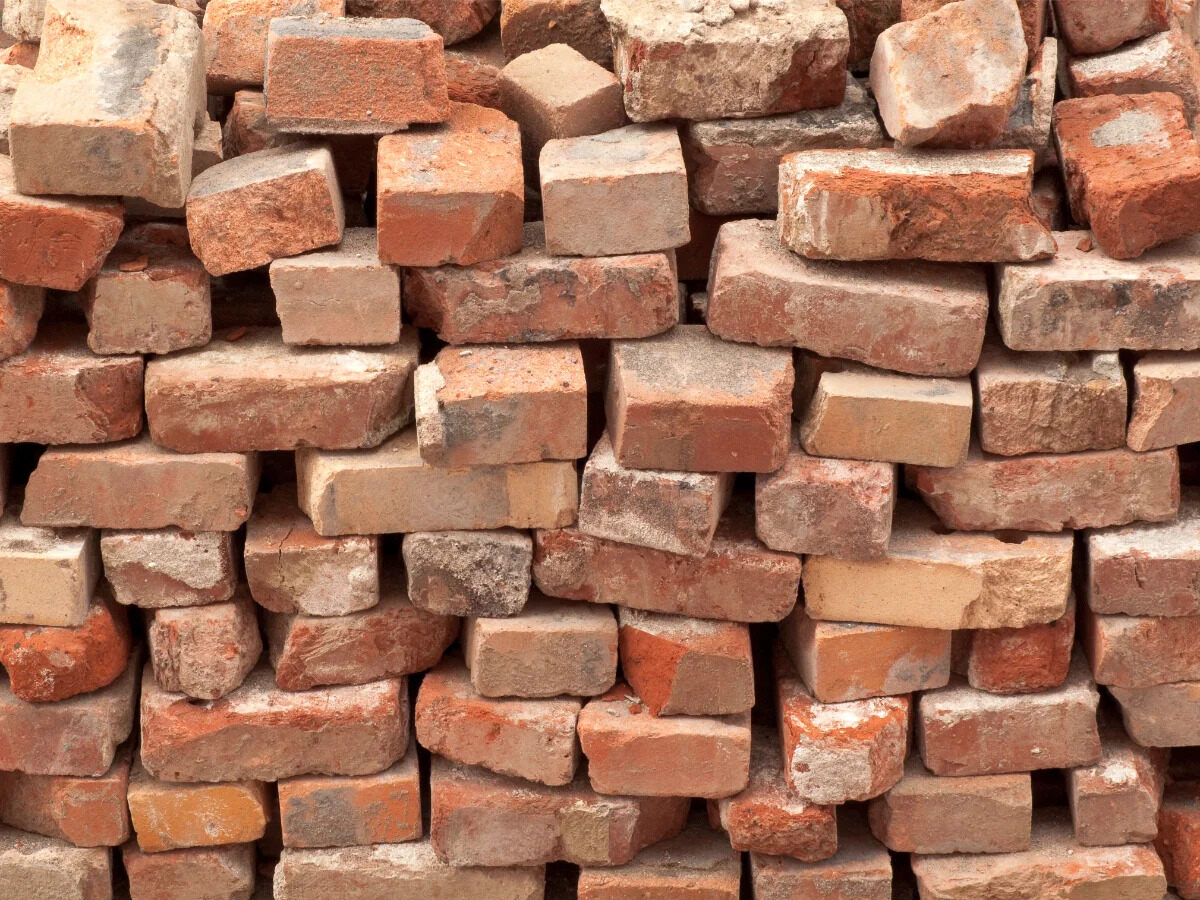
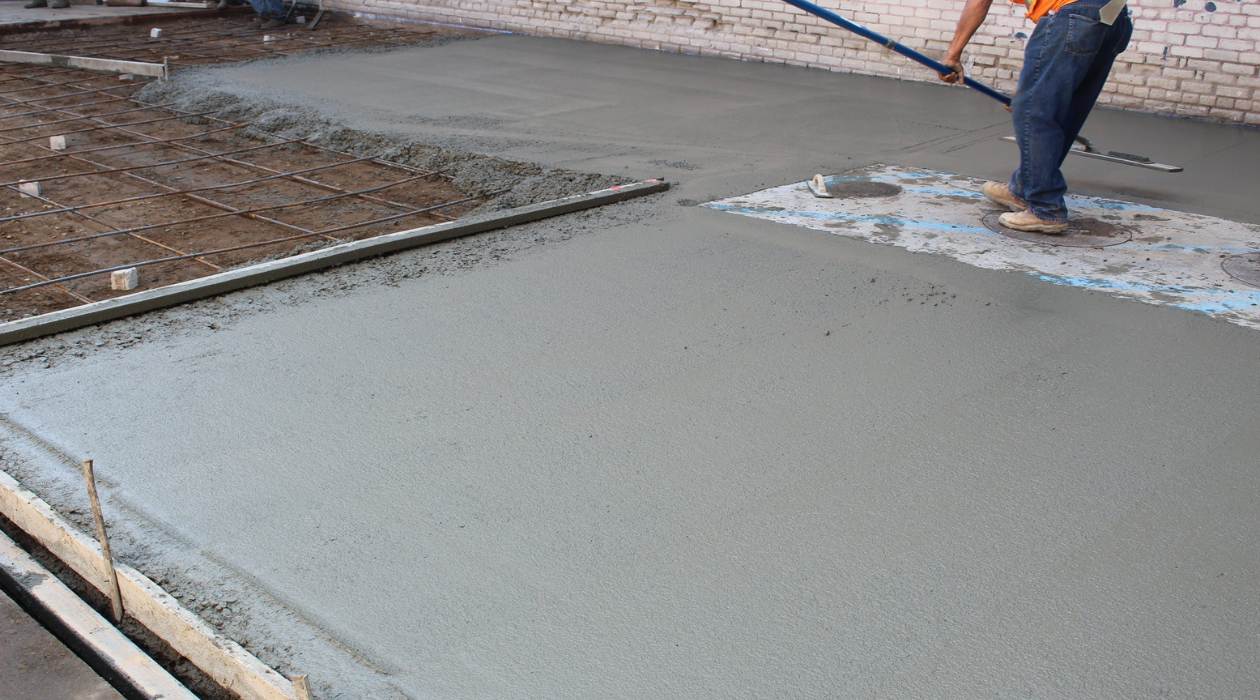
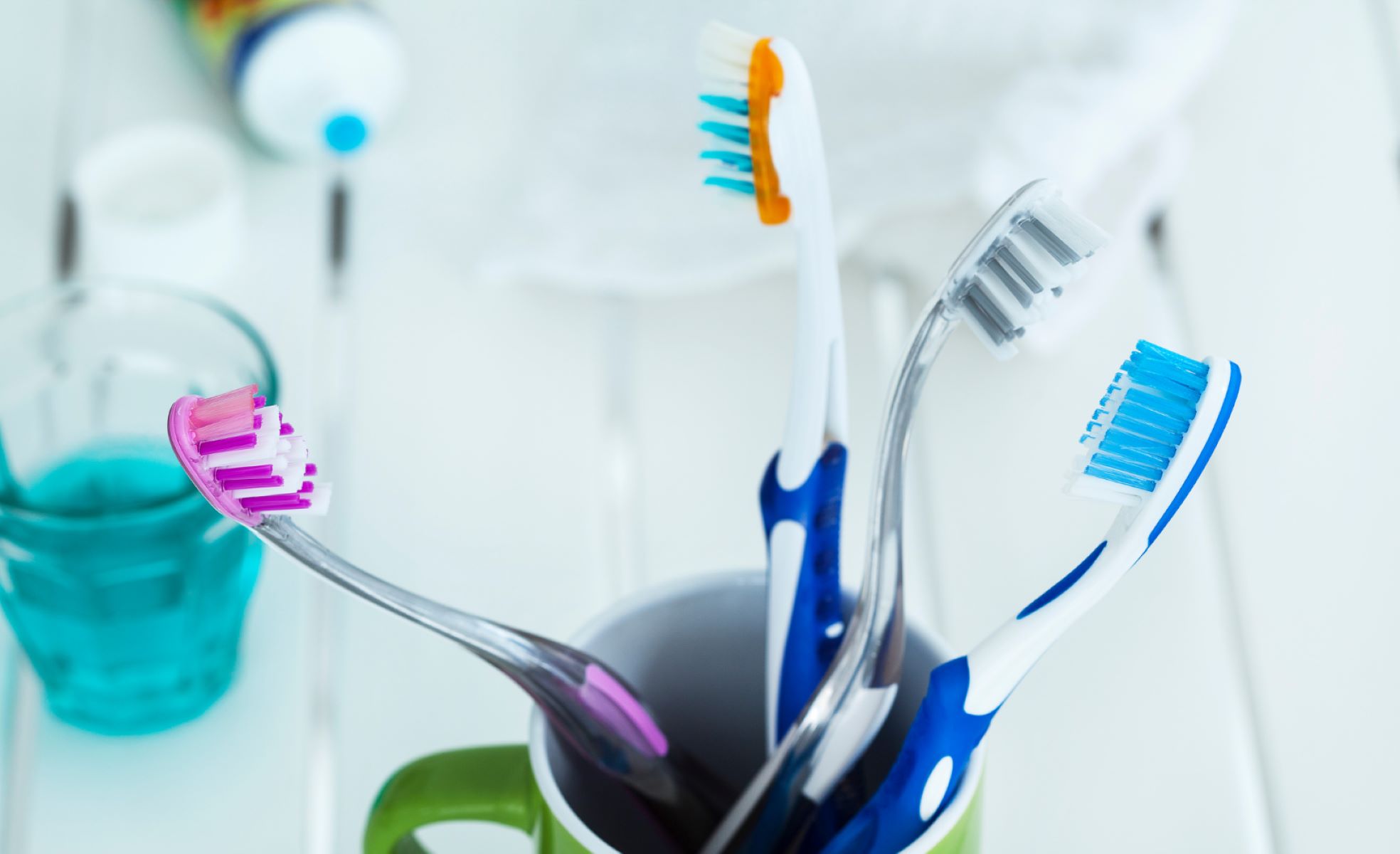
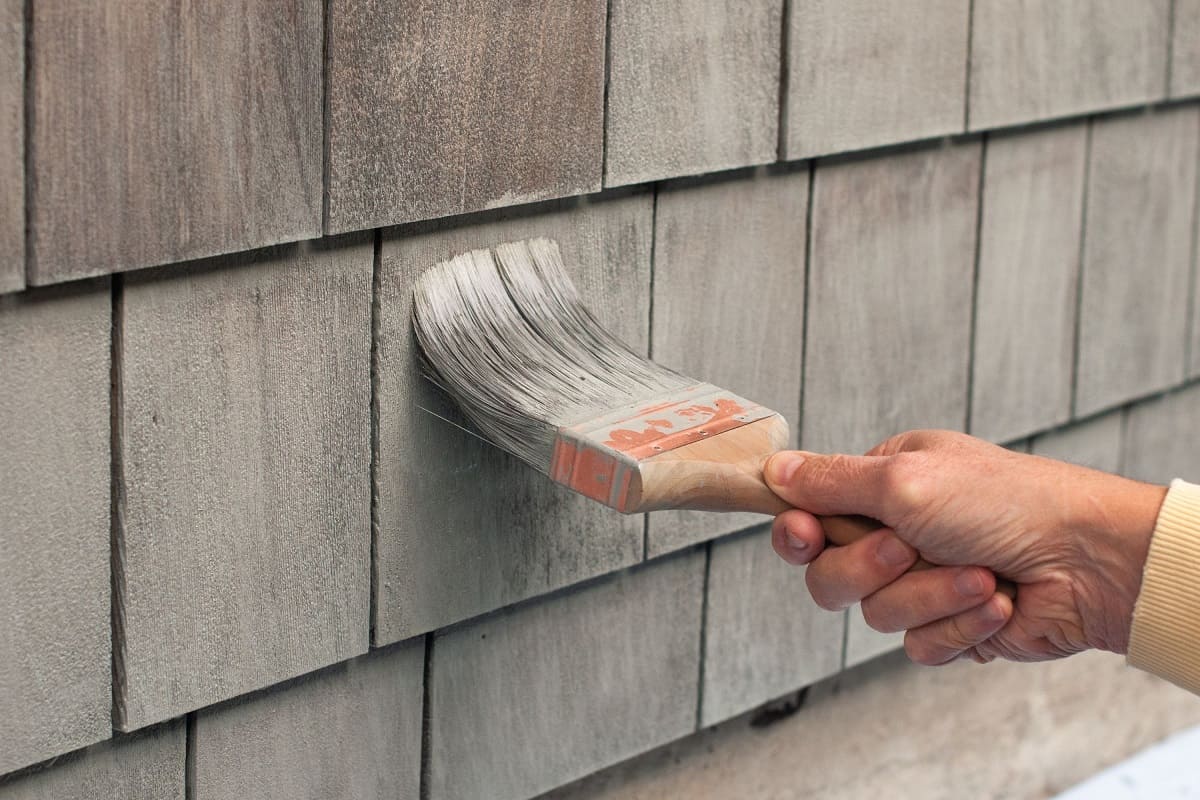
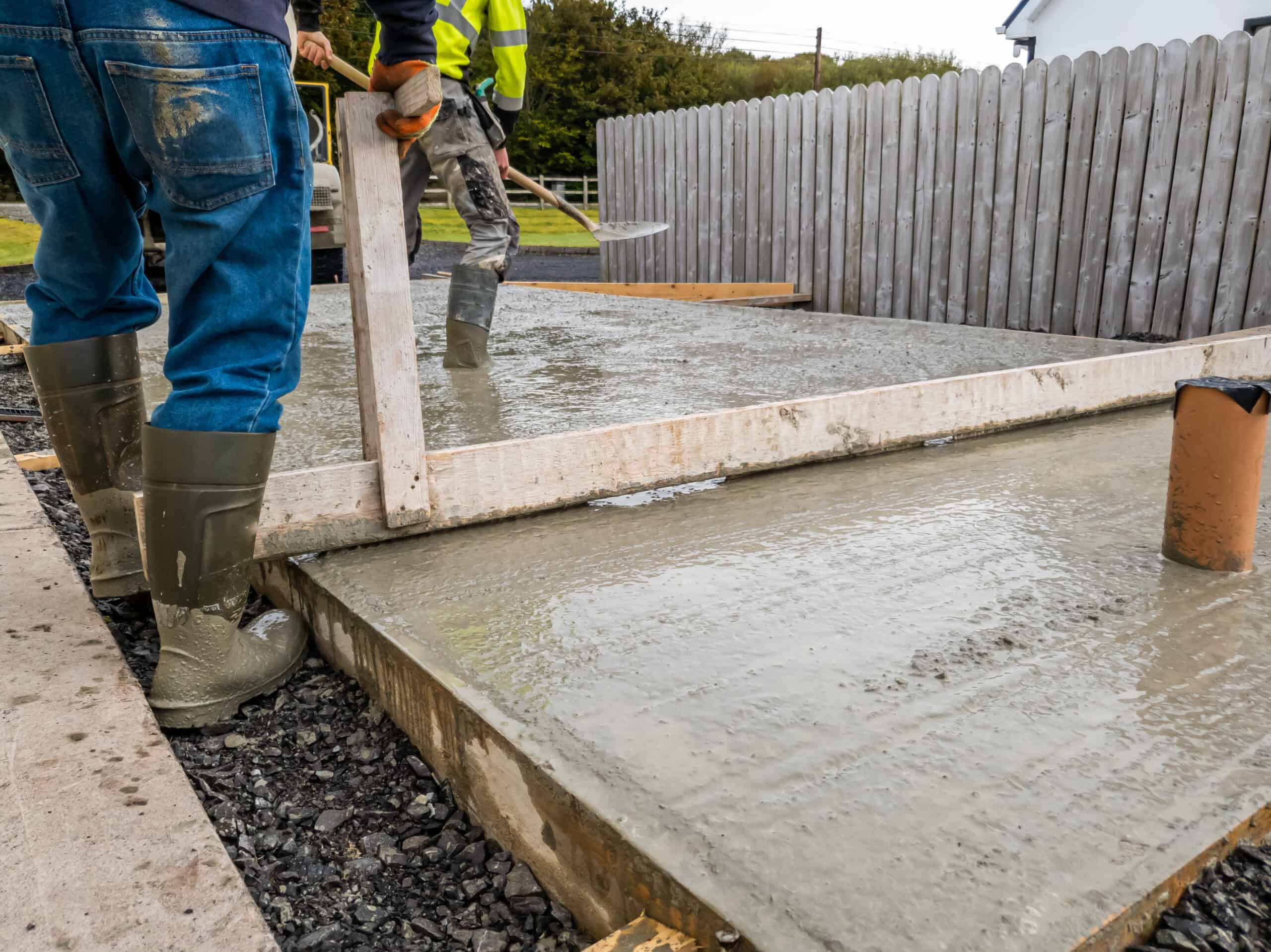
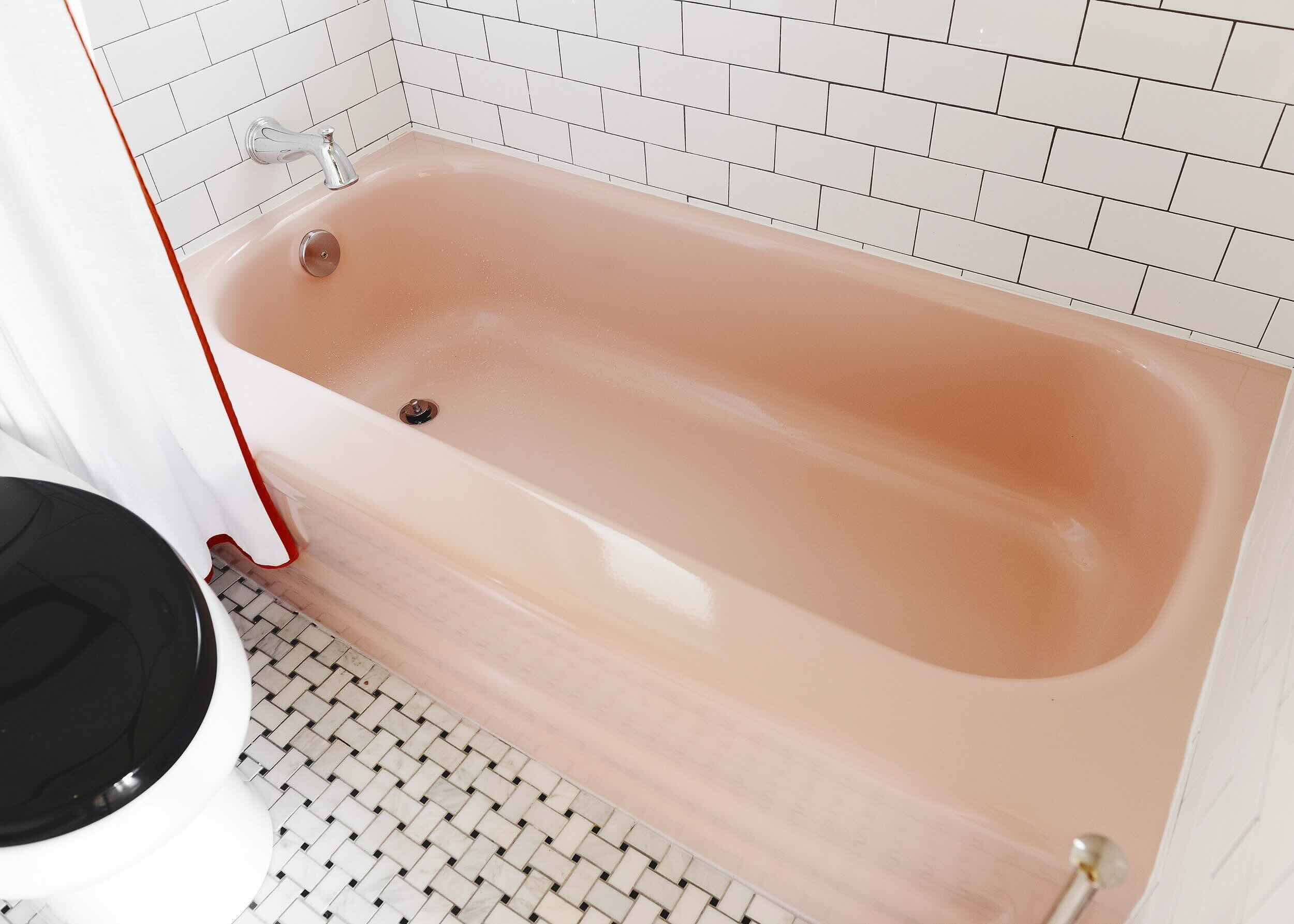
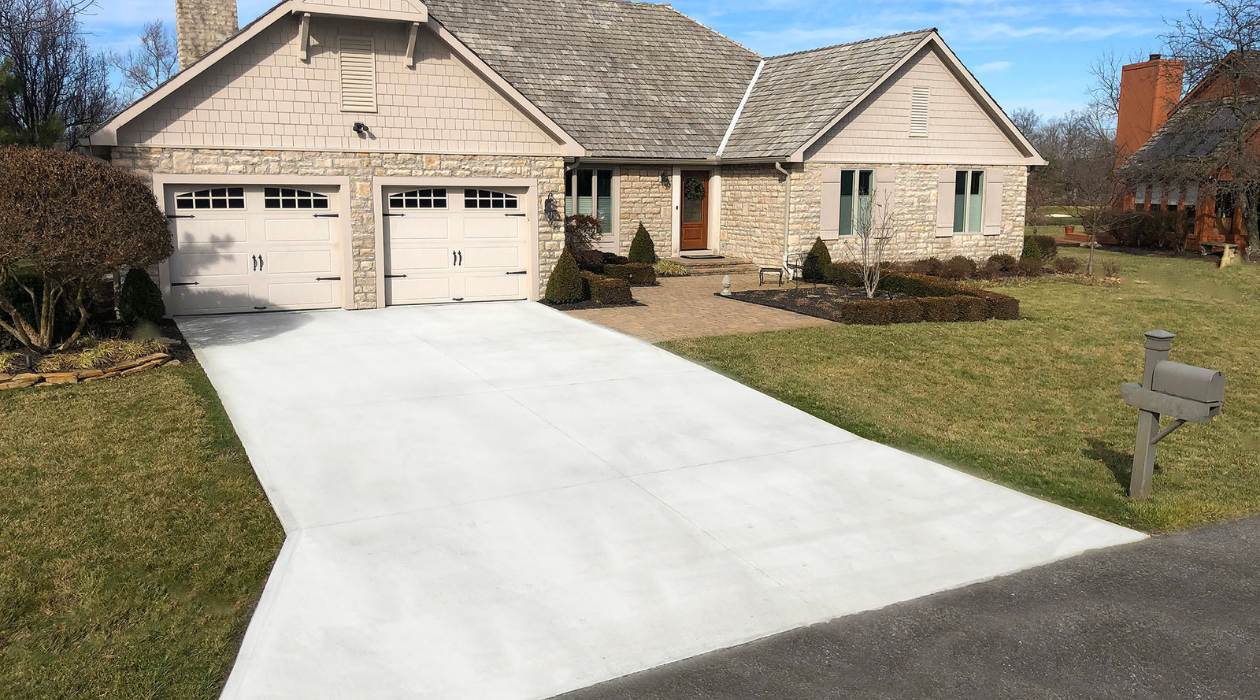
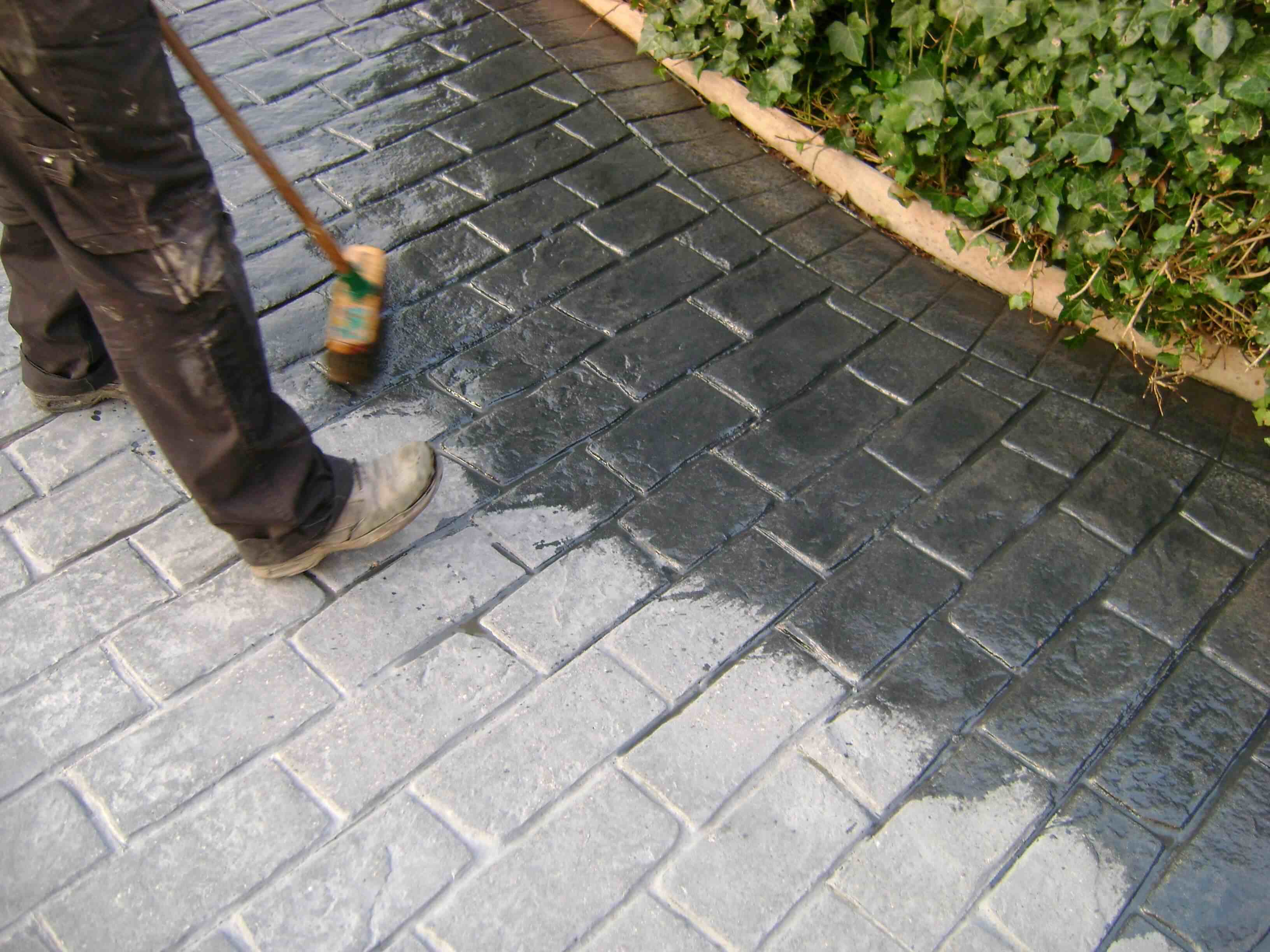
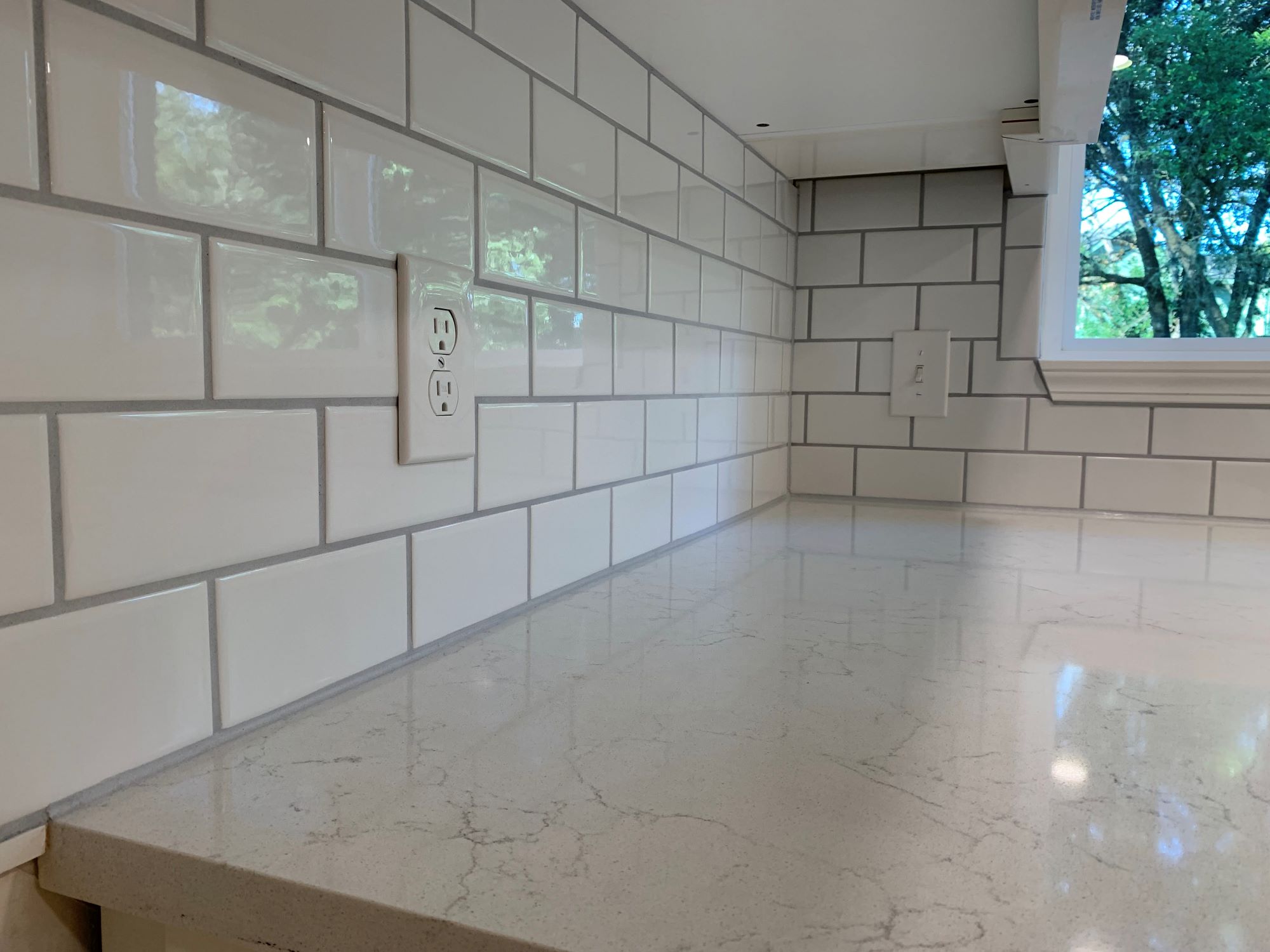

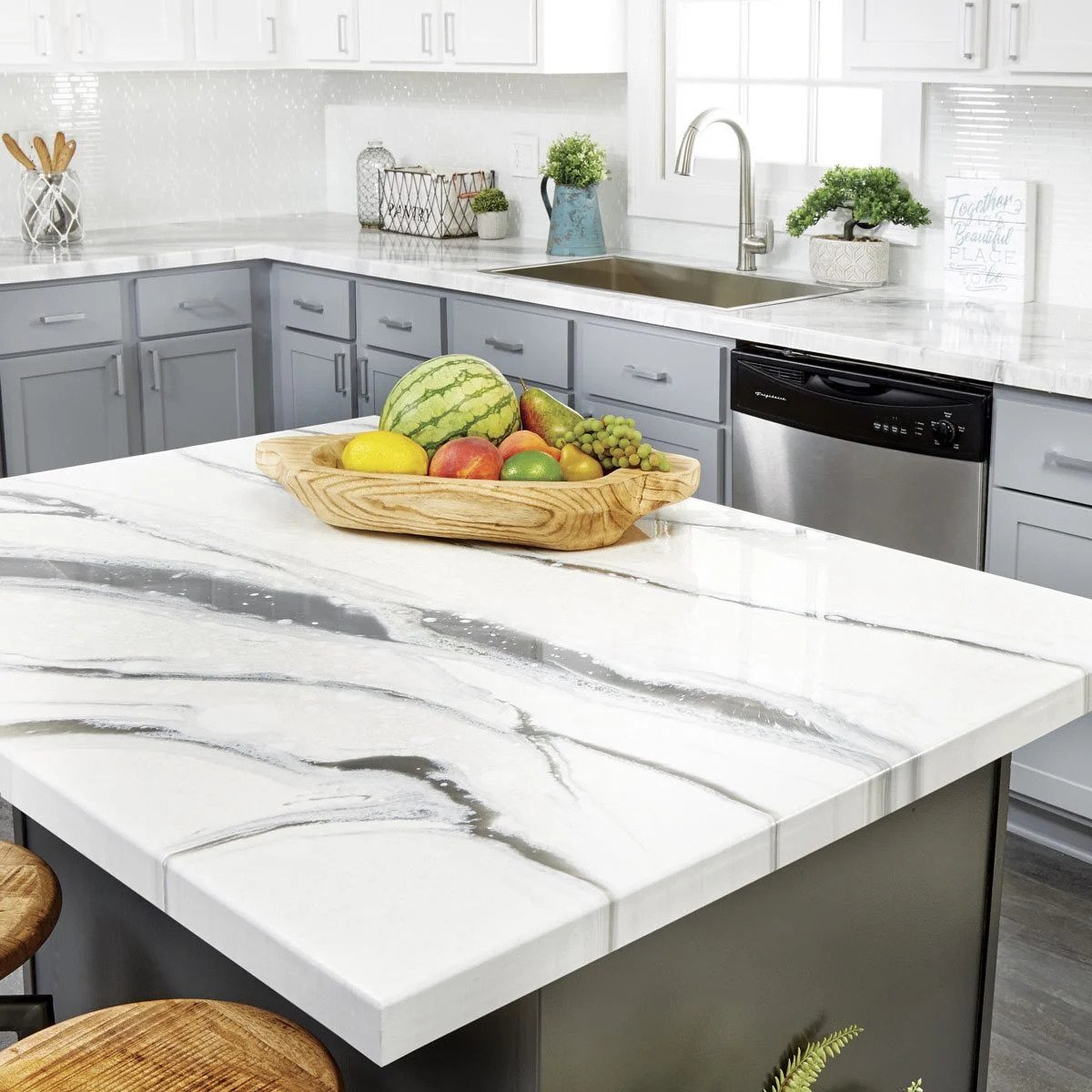
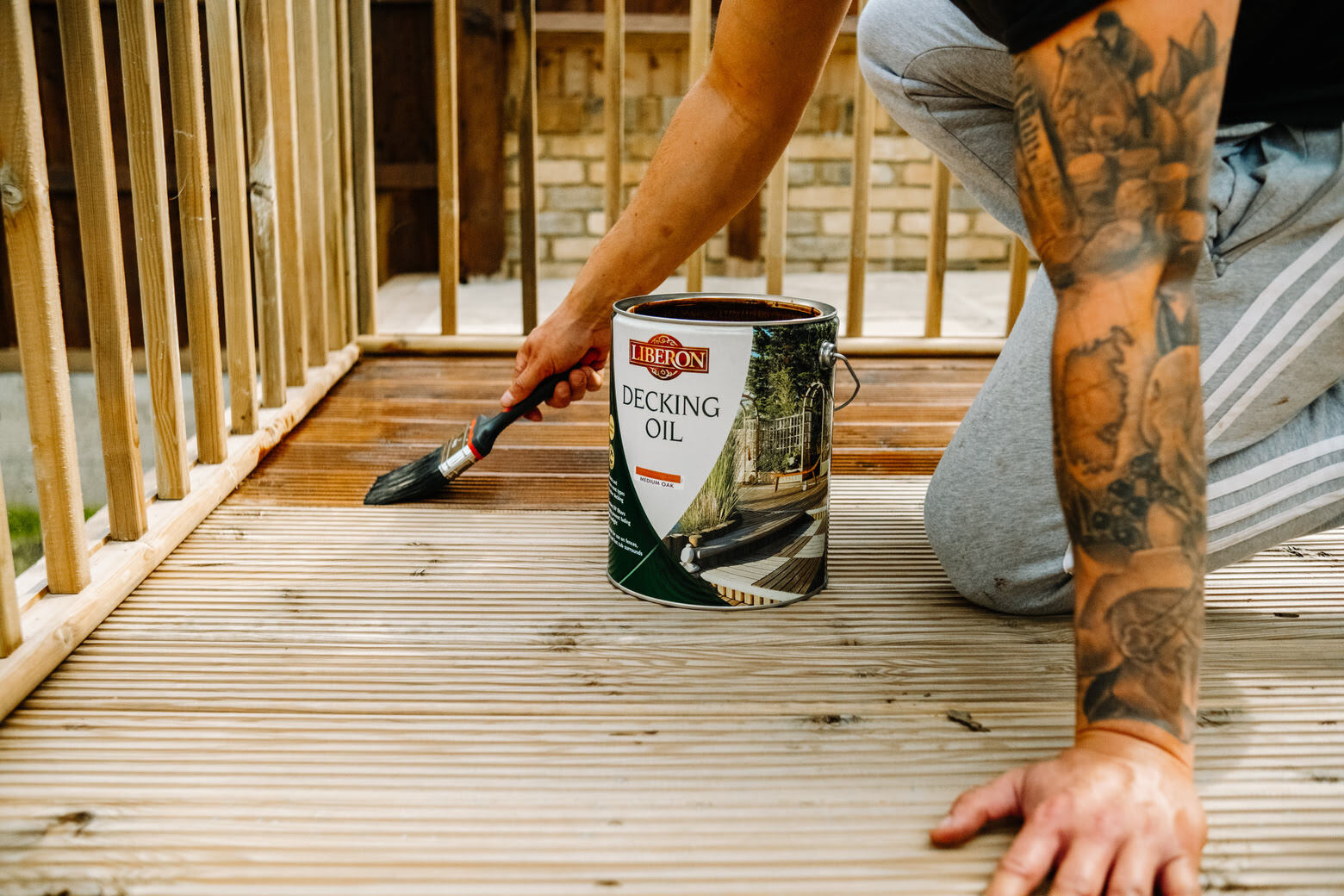
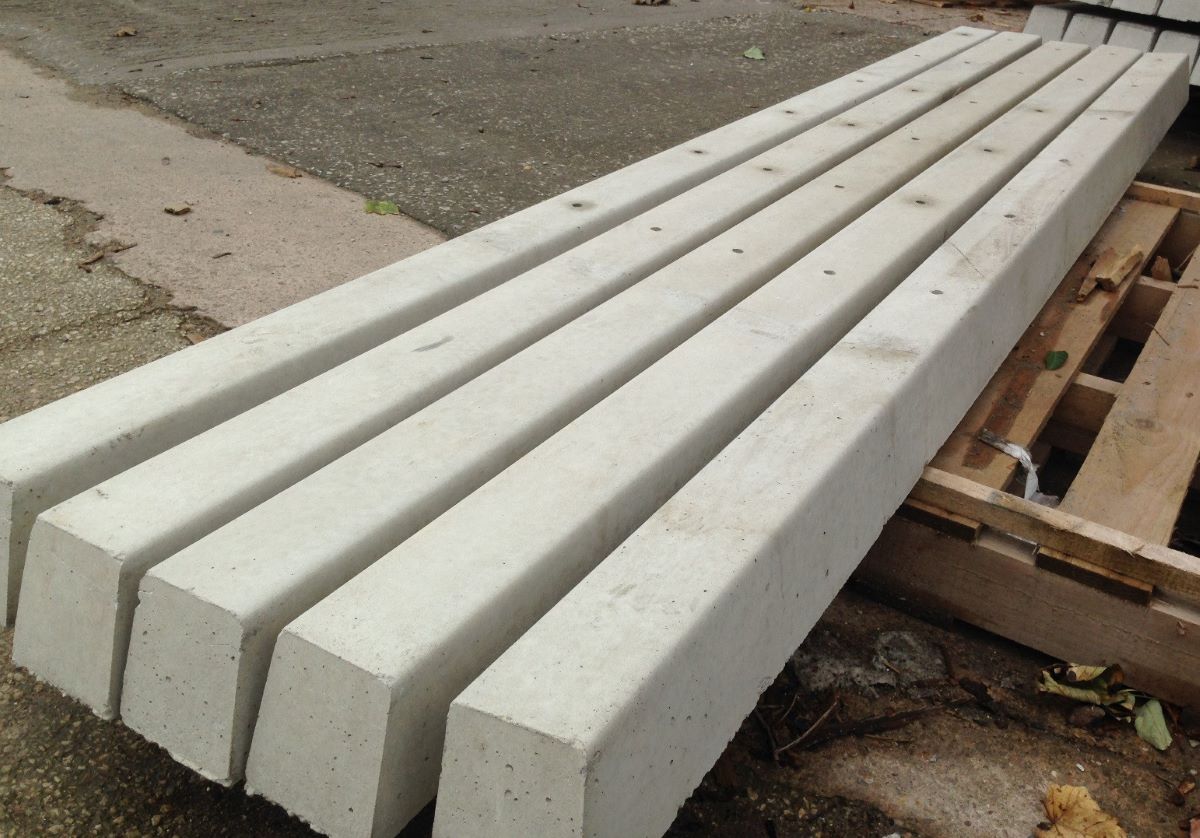

0 thoughts on “How Long Does it Take for Porch Paint to Dry”